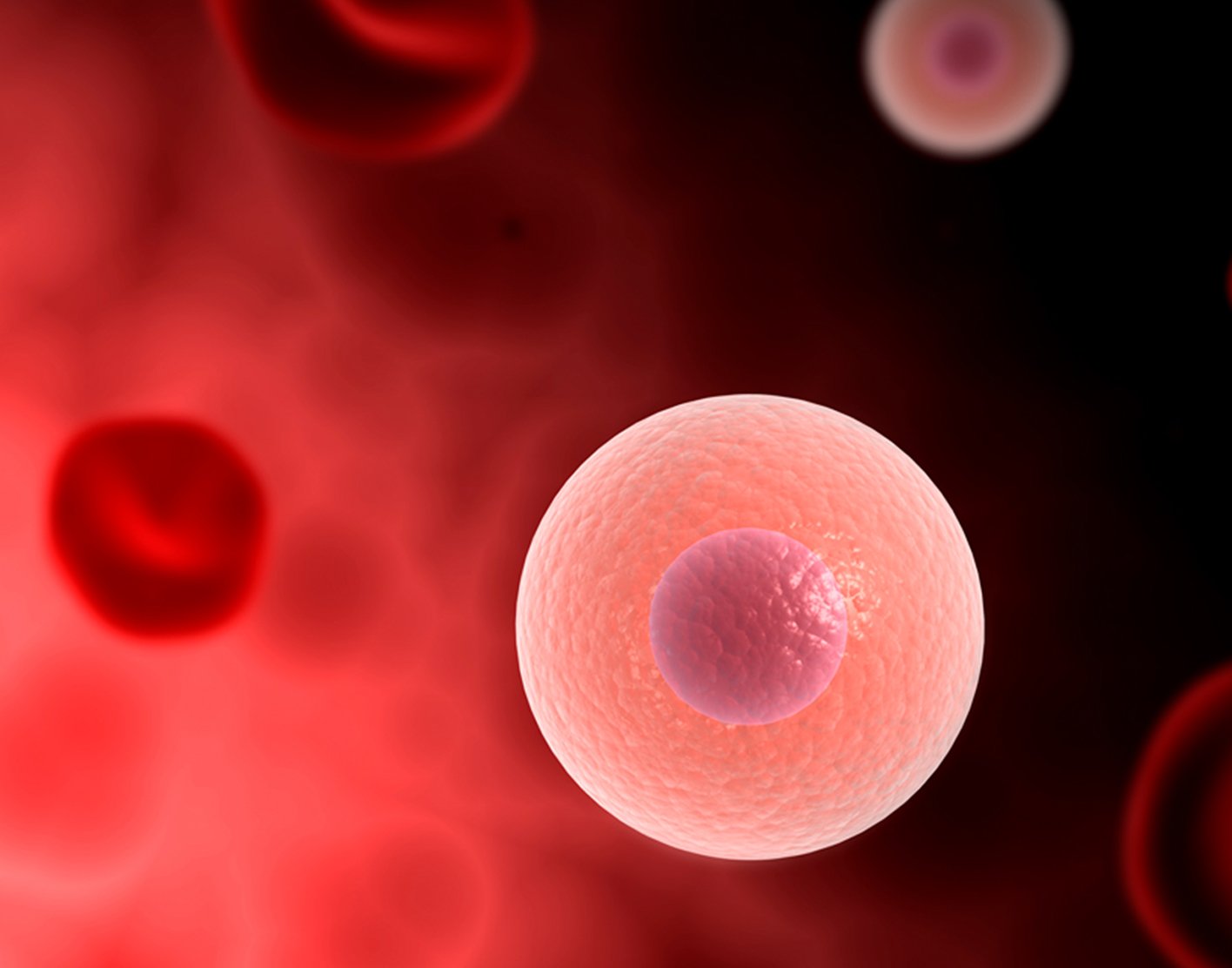
Prothrombin time (PT)
Definition
Prothrombin time (PT) is a blood test that measures the time it takes for the liquid portion (plasma) of your blood to clot. It measures the function of a part of the clotting system.
A related blood test is
Alternative Names
PT; Pro-time; Anticoagulant-prothrombin time; Clotting time: protime; INR; International normalized ratio
How the Test is Performed
A
How to Prepare for the Test
Certain medicines can change blood test results.
- Your health care provider will tell you if you need to stop taking any medicines before you have this test. This may include aspirin, heparin, antihistamines, and vitamin C.
- DO NOT stop or change your medicines without talking to your provider first.
Also, tell your provider if you're taking any herbal remedies.
How the Test will Feel
When the needle is inserted to draw blood, some people feel moderate pain. Others feel only a prick or stinging. Afterward, there may be some throbbing or slight bruising. This soon goes away.
Why the Test is Performed
The most common reason to perform this test is to monitor your levels when you are taking a blood-thinning medicine called
Your provider will check your PT regularly to monitor and adjust the dose of warfarin.
You may also need this test to:
- Find the cause of abnormal bleeding or bruising
- Check how well your liver is working
- Look for signs of a blood clotting or
bleeding disorder
Normal Results
PT is measured in seconds. Most of the time, results are also given as what is called INR (international normalized ratio).
If you are not taking blood thinning medicines, such as warfarin, the normal range for your results is:
- PT of 11 to 13.5 seconds
- INR of 0.8 to 1.1
If you are taking warfarin to prevent blood clots, your provider will most likely choose to keep your INR from 2.0 to 3.0.
Ask your provider what result is right for you.
Normal value for PT ranges may vary slightly among different laboratories. Some labs use different measurements or test different samples.
What Abnormal Results Mean
If you are not taking blood thinning medicines, such as warfarin, an INR result above 1.1 means your blood is clotting more slowly than normal. This may be due to:
- Bleeding disorders, a group of conditions in which there is a problem with the body's blood clotting process.
- Disorder in which the proteins that control blood clotting become over active (
disseminated intravascular coagulation ). - Liver disease.
- Low level of
vitamin K .
If you are taking warfarin to prevent clots, your provider will most likely choose to keep your INR from 2.0 to 3.0:
- Depending on why you are taking the blood thinner, the desired level may be different.
- When your INR is from 2.0 to 3.0, you are more likely to have bleeding problems.
- INR results higher than 3.0 may put you at even higher risk for bleeding.
- INR results lower than 2.0 may put you at risk for developing a blood clot.
A PT result that is too high or too low in someone who is taking warfarin (Coumadin) may be due to:
- The wrong dose of medicine
- Drinking alcohol
- Taking certain over-the-counter (OTC) medicines, vitamins, supplements, cold medicines, antibiotics, or other medicines
- Eating food that changes the way the blood-thinning medicine works in your body
Your provider will teach you about taking warfarin (Coumadin) the proper way.
Risks
There is little risk involved with having your blood taken. Veins and arteries vary in size from one person to another, and from one side of the body to the other. Obtaining a blood sample from some people may be more difficult than from others.
Other risks associated with having blood drawn are slight, but may include:
- Fainting or feeling lightheaded
- Hematoma (blood accumulating under the skin)
- Multiple punctures to locate veins
- Infection (a slight risk any time the skin is broken)
This test is often done on people who may have bleeding problems. Their risk of bleeding is slightly higher than for people without bleeding problems.
References
Lee GM, Ortel TL. Antithrombotic therapy. In: McPherson RA, Pincus MR, eds. Henry's Clinical Diagnosis and Management by Laboratory Methods. 24th ed. Philadelphia, PA: Elsevier; 2022:chap 43.
Schafer AI. Approach to the patient with bleeding and thrombosis. In: Goldman L, Schafer AI, eds. Goldman-Cecil Medicine. 26th ed. Philadelphia, PA: Elsevier; 2020:chap 162.
Review Date: 02/02/2023
The information provided herein should not be used during any medical emergency or for the diagnosis or treatment of any medical condition. A licensed physician should be consulted for diagnosis and treatment of any and all medical conditions. Call 911 for all medical emergencies. Links to other sites are provided for information only -- they do not constitute endorsements of those other sites. Copyright ©2019 A.D.A.M., Inc., as modified by University of California San Francisco. Any duplication or distribution of the information contained herein is strictly prohibited.
Information developed by A.D.A.M., Inc. regarding tests and test results may not directly correspond with information provided by UCSF Health. Please discuss with your doctor any questions or concerns you may have.



























